Matthäus Merian made a visual Bible: this is what he is famous for
12-11-2025
Christian Life
Heimito Nollé, Ref.ch
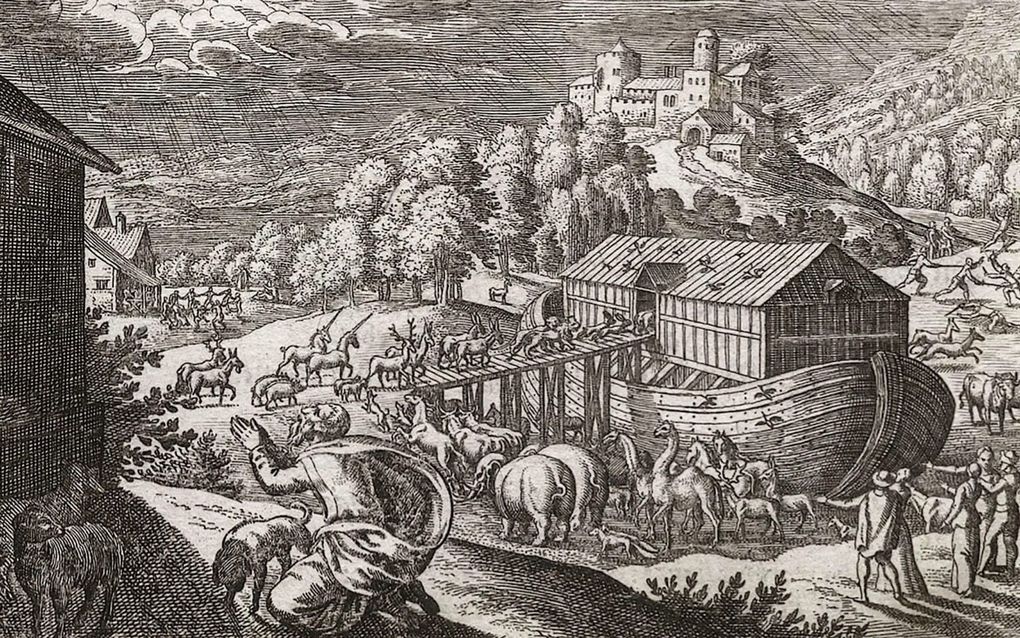
The animals come to Noah's ark. Photo Verein Merian Global
Christian Life
Not all Bibles consist of text only. Matthäus Merian from Basel made a name and fame by creating a visual Bible.
The engraver Matthäus Merian the Elder was best known for his precise cityscapes. His depictions of biblical scenes, however, fell into oblivion. Even today, they continue to fascinate with their rich detail.
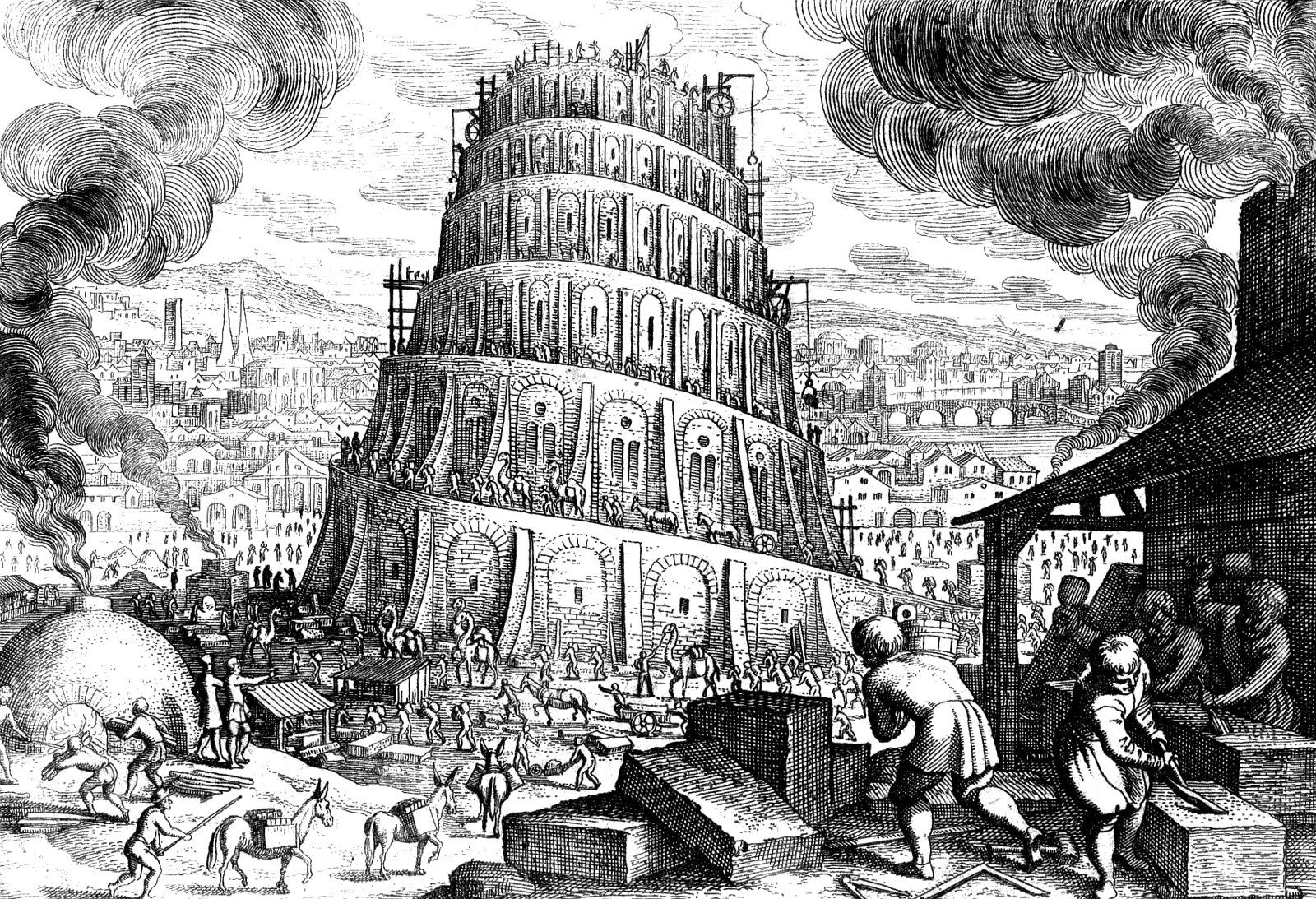
Donkeys and camels haul bricks, smoke rises from the kilns, stonemasons work on the blocks, and the tower rises in the middle of the picture. The well-known biblical scene of the Tower of Babel was engraved in copper in the 17th century. Its creator was one of the most famous artists of the time: Matthäus Merian from Basel.
Tobacco tins
Merian produced a total of 233 such etchings with biblical motifs. They were used to illustrate the so-called Merian Bible, but also many other editions of the Bible. The motifs were so popular that they were copied many times over the centuries – for example, on stove plates, wall tiles and tobacco tins.

Over time, however, the Icones Biblicae fell into oblivion, and the printing plates were long considered lost. It was not until 1958 that most of the original plates reappeared in the attic of an Amsterdam publishing house. An exhibition at Basel Cathedral now commemorates this productive phase in Merian’s life.
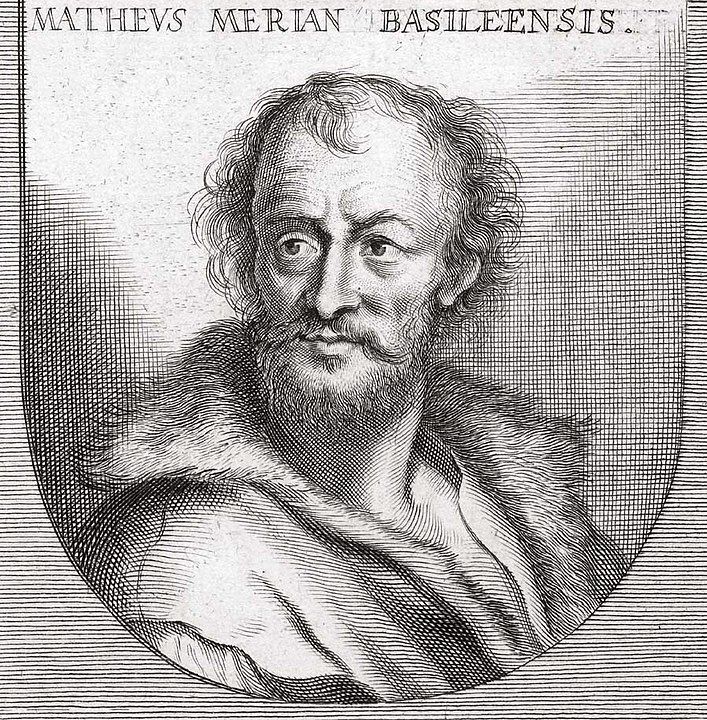
Matthäus Merian was born in 1593 into a distinguished Basel family. He travelled extensively from a young age: he learned copperplate engraving in Zurich, later moving to France and the Netherlands. Shortly before the outbreak of the Thirty Years’ War, Merian came to Frankfurt am Main, where he worked for the copperplate engraver Johann Theodor de Bry. He married De Bry’s daughter and later took over his publishing house.
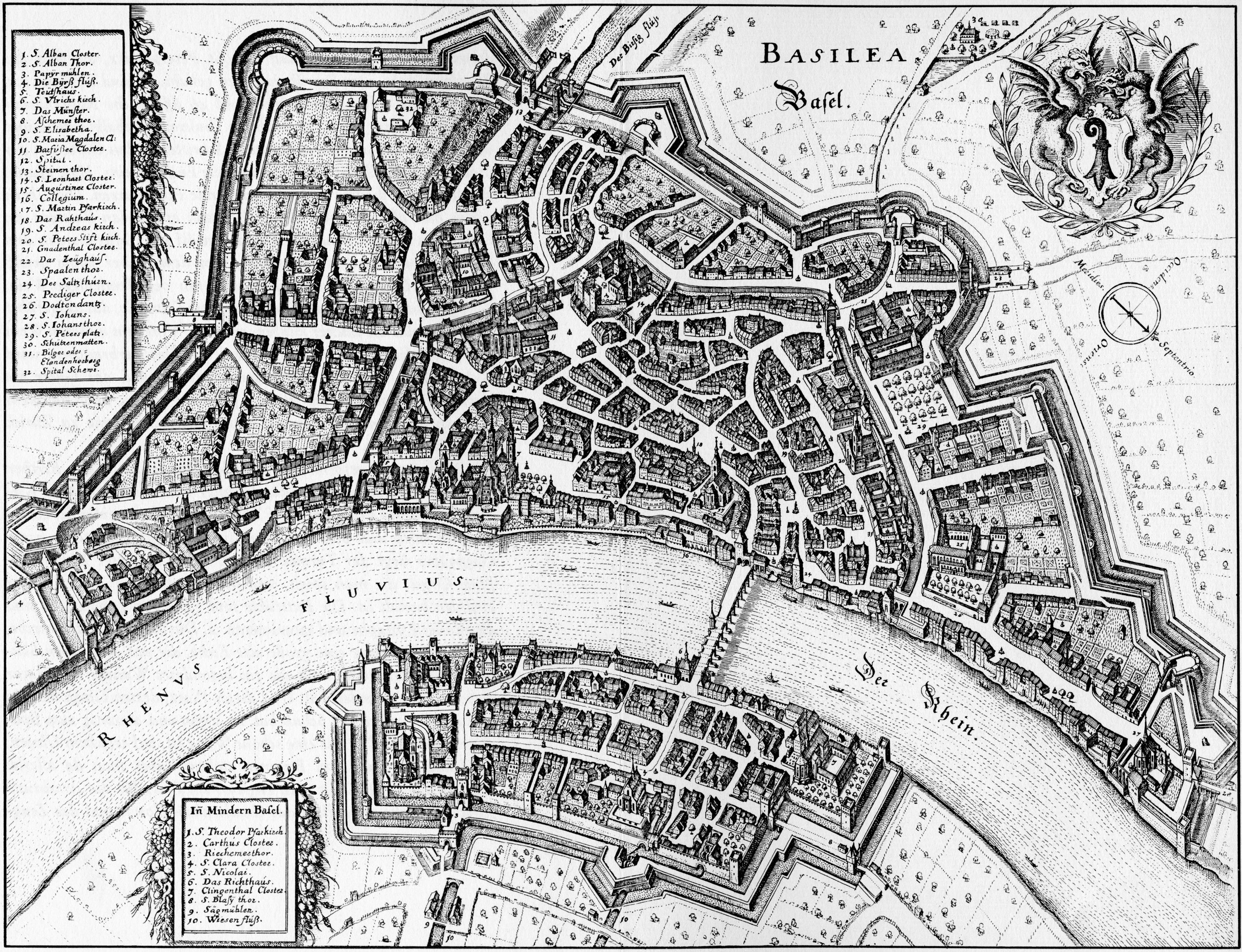
Merian attracted particular attention with his detailed cityscapes and maps. At the age of just 22, he produced a bird’s-eye view of Basel. Merian first drew the plan and then engraved it in copper.

In 1624, Merian moved permanently to Frankfurt with his family to take over his father-in-law’s business. The first volume of his Bible illustrations was published the following year. The etchings still fascinate today with their wealth of detail. In the depiction of Noah’s Ark, the various species of animals enter the ship in pairs. Among others, elephants, hares, deer and even a pair of unicorns can be seen.
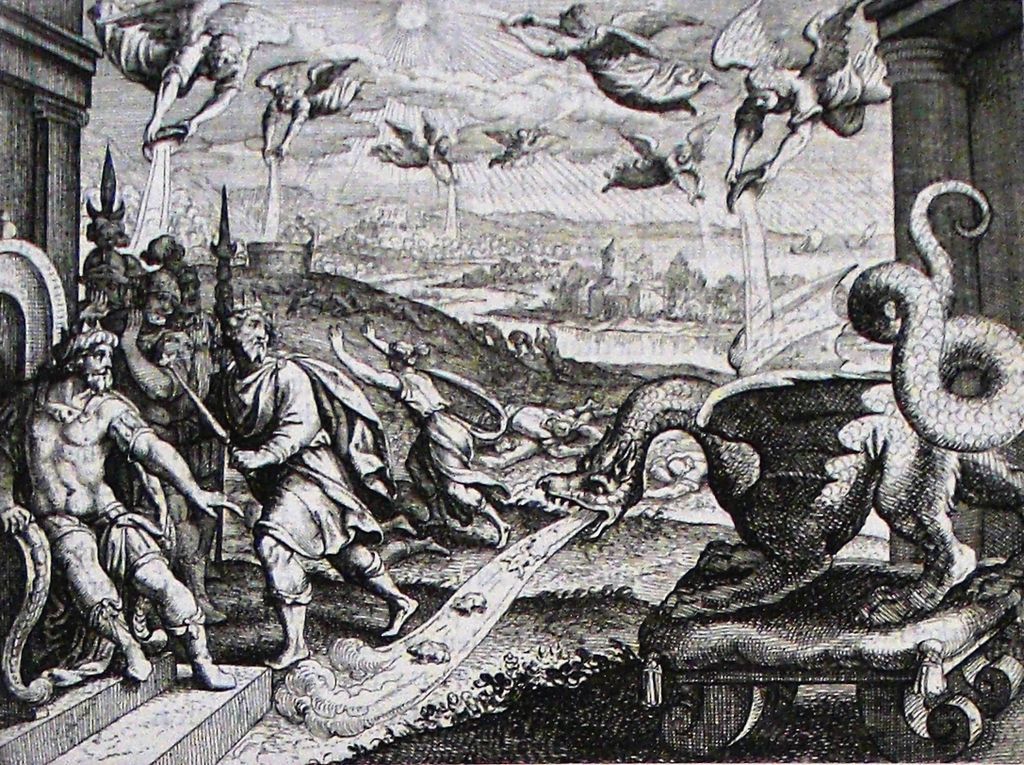
Merian had a flair for drama – violent scenes, such as in the depiction of the Apocalypse, were a frequent feature. In the printed volumes, the images were accompanied by Bible verses, but the focus was intended to be on the illustrations themselves. Merian hoped that they would contribute to the “enjoyment” and “reverence for God” of those who viewed them.
Etching
A complicated process was used for etching. First, the copper plates were coated with an acid-repellent mixture of wax, resin and asphalt. The artist then scratched the mirror-inverted motif into this layer with a needle. The plate was then placed in an acid bath, which etched the exposed lines into the copper. The recesses were then coloured black, and the plate was ready for the printing press.
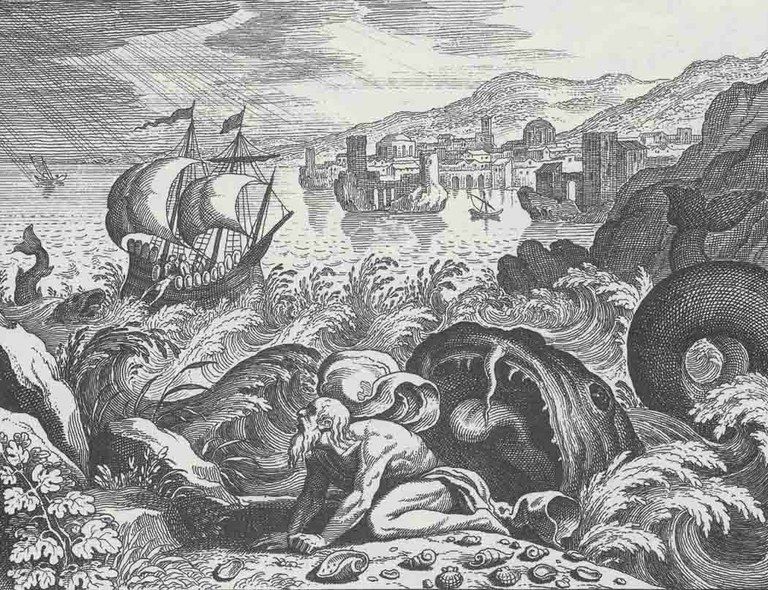
In this way, Merian succeeded in reducing entire visual worlds to postcard size. The depiction of Jonah and the whale brings together all the important episodes of this story: Jonah’s flight, the storm, the approaching whale that swallows Jonah and finally spits him out again.
The Icones Biblicae were also an economic success – Merian sold several editions of the first volumes, enabling him to publish further instalments. In the years that followed, he created many more masterpieces, including a collection of over 2,000 cityscapes from the Holy Roman Empire. Matthäus Merian died in 1650 at the age of 57.
This article was translated by CNE.news and was earlier published by Ref.ch (News der Reformierten in Switzerland) on October 13, 2025
Related Articles





